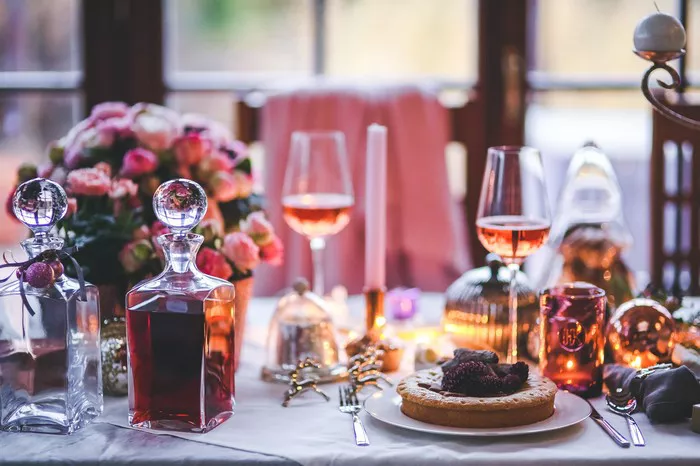Brut Champagne, renowned for its effervescence and elegance, presents a sensorial journey that captivates aficionados and novices alike. The essence of this revered sparkling wine is encapsulated within its taste profile, offering a symphony of flavors and aromas that dance upon the palate. Exploring the intricate facets of how brut champagne tastes unveils a captivating blend of sensations, ranging from its crisp acidity to its nuanced fruit notes and complex undertones.
A Prelude to Sensory Symphony
At the onset of savoring brut champagne, one is greeted by a distinct amalgamation of sensations that define its taste. The term “brut” denotes the dryness of the champagne, characterized by minimal residual sugar content. This dryness serves as a canvas upon which various flavors and aromas prominently display their individuality. The first sip often introduces a burst of bubbles that carry forth the wine’s effervescence, complementing the initial taste experience.
The Intricacies of Dryness: Balancing Act of Sugar and Acidity
The dryness of brut champagne, achieved by limiting the sugar dosage during its production, manifests as a harmonious equilibrium between acidity and sweetness. This balance is pivotal in defining its taste profile. The low sugar content accentuates the crisp acidity, contributing to a refreshing and lively sensation on the palate. It allows the natural flavors of the grapes to shine through, providing a clean and vibrant taste experience.
A Symphony of Flavors: From Fruits to Floral Undertones
One of the captivating aspects of brut champagne lies in its diverse flavor spectrum. It often presents an array of fruit notes that tantalize the taste buds. Citrus fruits like lemon, lime, and grapefruit infuse a zesty and invigorating quality, while orchard fruits such as apple and pear impart a subtle sweetness. These fruit elements intertwine seamlessly, offering a multi-layered tasting experience that evolves with each sip.
Moreover, delicate floral undertones grace the palate, adding an aromatic dimension to the tasting journey. Notes of jasmine, honeysuckle, or even hints of rose petals contribute to the wine’s complexity, enhancing its overall bouquet and elevating the tasting experience to a sensory delight.
The Influence of Terroir and Aging: Unveiling Unique Characteristics
The terroir, encompassing factors like soil composition, climate, and vineyard location, plays a pivotal role in shaping the taste of brut champagne. Different regions within Champagne, France, yield grapes with distinct characteristics, thereby imparting unique flavors and nuances to the final product. For instance, champagne crafted from grapes grown in the Montagne de Reims region might exhibit more robust and structured characteristics compared to those from the Côte des Blancs, known for their finesse and minerality.
Additionally, the aging process significantly influences the taste evolution of brut champagne. Extended aging on lees, where the wine rests on spent yeast cells, contributes to its creamy texture and enhances its complexity. This process can introduce biscuity, toasty, or even nutty notes, enriching the palate with layers of depth and sophistication.
Texture and Mouthfeel: A Silken Elegance
Beyond its taste, the texture and mouthfeel of brut champagne contribute significantly to its overall sensory experience. The effervescence, stemming from the bubbles dancing on the tongue, imparts a delightful effervescent quality that enlivens the palate. The fine bubbles, known as mousse, create a creamy and luxurious sensation, imparting a velvety smoothness that enhances the tasting journey.
Pairing Possibilities: Enhancing the Experience
The versatile taste profile of brut champagne makes it a perfect companion for a wide array of culinary delights. Its crisp acidity and effervescence cleanse the palate, making it an excellent accompaniment to a variety of dishes. From seafood like oysters and sushi to savory appetizers and creamy cheeses, brut champagne’s acidity and effervescence create a harmonious balance, accentuating the flavors of the food while refreshing the palate between bites.
Conclusion: A Tapestry of Sensations
In conclusion, the taste of brut champagne is a tapestry woven with intricate flavors, aromas, and textures. Its dryness, balanced acidity, diverse fruit notes, subtle floral undertones, and the influence of terroir and aging collectively create a sensory symphony that delights the senses. With each sip, brut champagne invites enthusiasts to embark on a sensorial journey, unveiling the nuances and complexities that make it a timeless and cherished sparkling wine. Cheers to the effervescence and elegance encapsulated within each flute of brut champagne!


